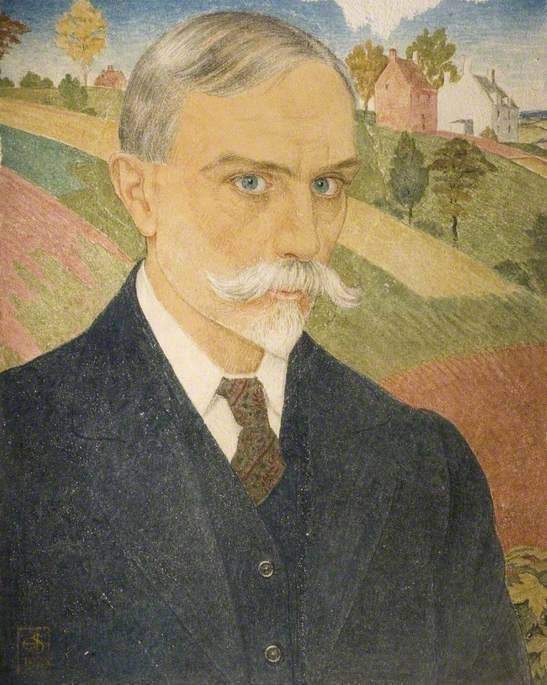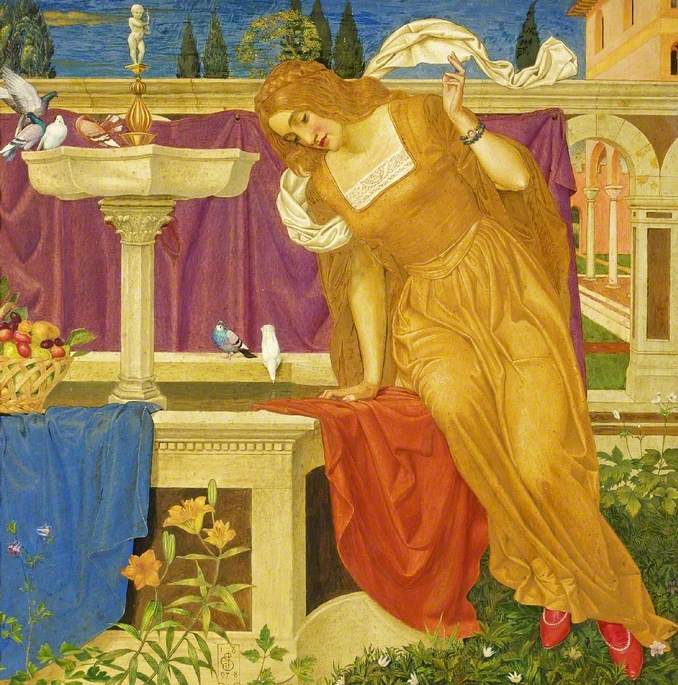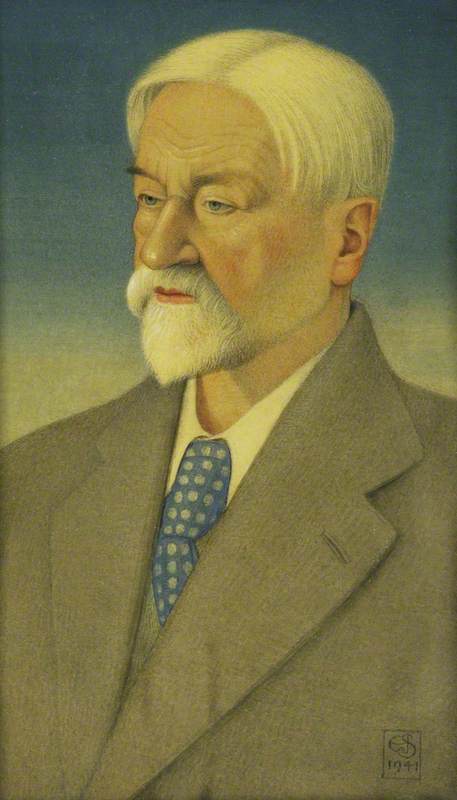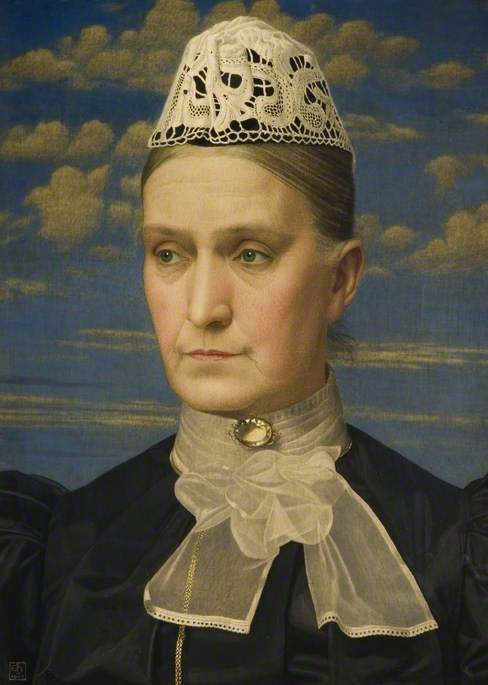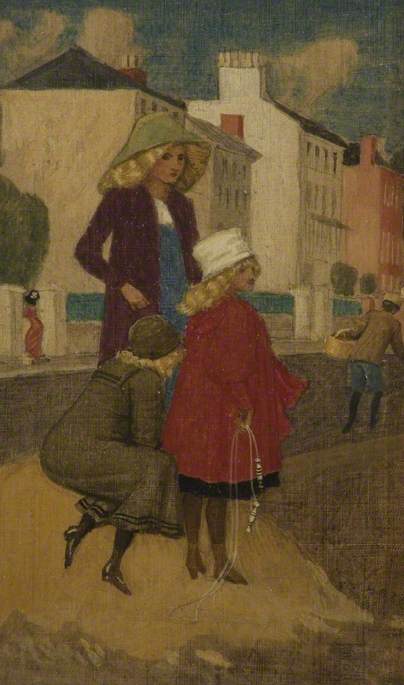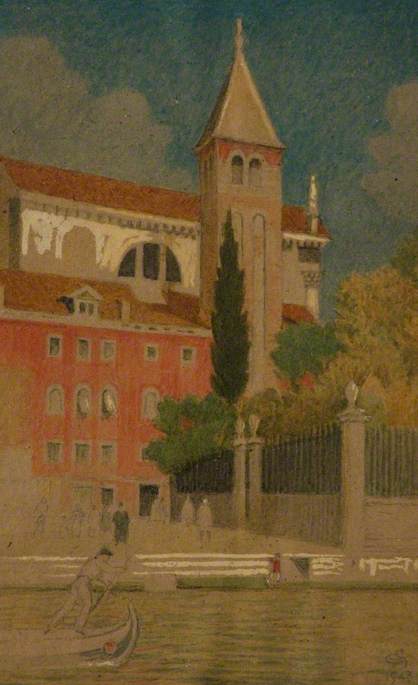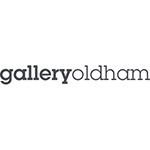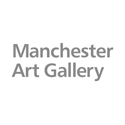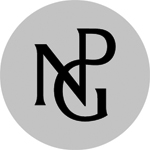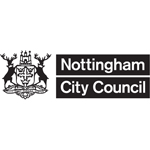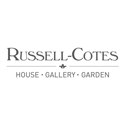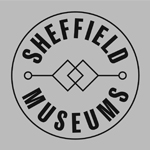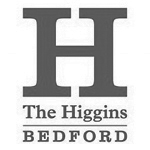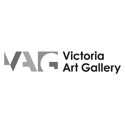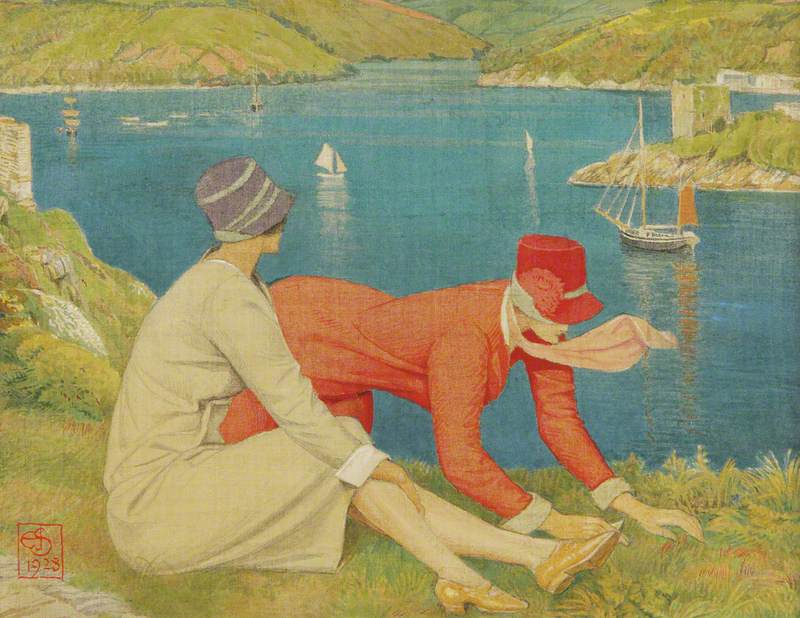
Joseph Edward Southall [also known as Joseph E. Southall; and as Joseph Southall] was born in Nottingham, England on 23 1861 and in 1862, following the death of his father, moved to Edgbaston, Birmingham. While still at school in York, he received lessons in watercolour painting from Edwin Moore (1813-1893). Between 1878 and 1882 he was articled to the Birmingham architectural firm Martin & Chamberlain, during which time he studied in the evenings at Birmingham School of Art where he absorbed the ideas of the Arts and Crafts movement, then prevalent at the School. He also won several prizes. At the end his four years with Martin & Chamberlain, he decided not to become an architect but instead to pursue a career as an artist. In about 1882, Souhall returned to Edgbaston and settled at 13 Charlotte Road where he lived for the rest of his life.
Following his return to Edgbaston he soon became a leading figure in the Birmingham Group. Like other members of the Group, his interest was not confined to painting, but worked as a muralist, jewellery designer, engraver and book illustrator.
He began exhibiting at the Royal Birmingham Society of Artists in 1881 and continued to do so frequently until 1943, the year before his death. He also exhibited at the Alpine Club Gallery, Barbizon Gallery, Dudley Gallery, Fine art Society, Grosvenor Gallery, Leicester Galleries, New English art Club, New Gallery, Royal Academy, and Royal Society of Painters in Water Colours in London; Walker Art Gallery in Liverpool; Royal Glasgow Society of the Fine Arts; Manchester City Art Gallery; and at the Salon de Champs-Élysées, the Galerie Georges Petit and the Salon de Champs-de-Mars in Paris. He participated in the exhibitions of the Arts & Crafts Exhibition Society in London in 1893, 1895, 1899, 1903, 1906, 1910, 1912, 1916, 1923 and 1926; the Exposition Universelle in Paris in 1910; the British Arts and Crafts Section of the Ghent International Exhibition in 1913; and the exhibition Arts Décoratifs de Grande-Bretagne et d'Irlande at the Palais du Louvre in 1914. He also exhibited widely in the United States.
He was elected a member of the Royal Birmingham Society of Artists (RBSA) in 1902; a member of the Art Workers Guild in 1910; a member of the a member of the Union Internationale des Beaux-Arts et des Lettres in 1910; an Associate of the Royal Society of Painters in Water Colours (ARWS) in 1925; a member of the New English Art Club (NEAC) in 1926; and a member of the Royal Society of Painters in Water Colours (RWS) in 1931. In 1901, with John Dickson Batten, William Holman Hunt, and Walter Crane, he co-founded the Society of Painters in Tempera. He was President of the Royal Birmingham Society of Artists from 1939 to 1944.
Commissions on which Southall worked included the design of a museum for the Guild of St George at Bewdley, Worcestershire in 1885 for John Ruskin which came to nothing; and 'Corporation Street, Birmingham, in March 1914 ', a fresco for the stair¬case of the Birmingham Museum and Art Gallery, (completed in 1916). In 1937 he began a fresco in the Council House in Birmingham which illness prevented him from completing.
Southall was a close friend of the artist Arthur J. Gaskin (1862-1928) and with him visited William Morris at Kelmscott Manor.
As a Quaker, Southall was vehemently opposed to World War One, and in 1914 joined the anti-war Independent Labour Party. He served as the party's President from 1914 to 1931.
Southall died at his home, 13 Charlotte Road, Edgbaston on 6 November 1944.
Text source: Arts + Architecture Profiles from Art History Research net (AHRnet) https://www.arthistoryresearch.net/
